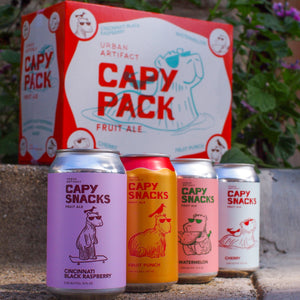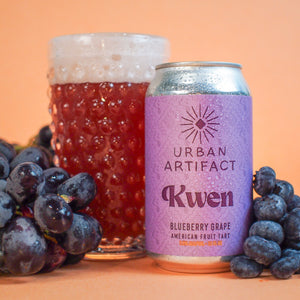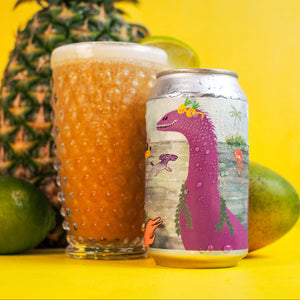Part 4: Water, Beer’s Saving Grace
No other single ingredient has had a bigger impact on the history of beer and greater humanity than water. From literally saving the lives of millions of people through the middle ages by providing safe, delicious, drinkable beer, to shaping the beer styles we know and drink today, water destined to become beer is the hero we all need(ed). At one point in time the water in northern Europe was barely drinkable, least you had a death wish or a penchant for Cholera. By going through the brewing process, this undrinkable water was transformed into a lifesaving elixir enjoyed by people of all ages. However, I am not here (this time) to talk about the impact disease ridden water has had on the course of [western] humanity and even though water composes up to 97% of a finished beer, it only makes for a small, yet very important fraction, of the final flavor in your beer.
In order to proceed, we must first cover a tiny bit of water chemistry. In regards to beer flavor there are two main constituents a brewer needs to be aware of. Chloride ions (not chlorine!) and Sulfate ions (not sulfur). Chloride ions contribute what is known as mouthfeel or fullness to a beer in addition to enhancing the perceived sweetness of the malt character. This leads to beers that favor malt flavor over hop bitterness. Sulfate ions contribute a crispness to beer styles, enhancing the hop bitterness and playing down the lingering bitter effects of some beer styles. Beers favoring sulfates lead to crisp, bright, and drinkable IPAs. It does not take much of either of these ions to tip the scales of flavor in one direction or the other, a mere 50-200 milligrams per liter of water is more than enough to push a beer into crisp bitter territory or caramel malt sweetness.
In the olden, dark days of brewing history you were stuck with the water that was around you. Be that the “monster soup” that was the water from the Thames River, or the soft, angelic water of the now Czech Republic. The water each brewer was stuck brewing with is the single biggest reason that beer styles developed like they have. Burton-on-Trent, home of the original IPA, found through trial and error that beers that have been heavily hopped have a smooth, crisp bitterness that makes for a refreshing pale ale. London, the birthplace of the porter, had water that was extremely hard and of a high pH. They learned that by adding a bunch of dark roasted, slightly acidic malt to their beer, they produced dark beers that were vastly more enjoyable than their lighter colored brethren. The Czech found that with their water that is almost barren of all ions, and soft as could be, made for the most drinkable of light beers styles and the pilsner was born out of Pilsen, Czech. The Germans, with their low sulfate and moderate chloride mountain water, has led to a bevy of malt forward beers styles, from their more malt focused German Pilsner, to the malt bomb that is a bock. These styles exemplify the water around them, and whether wittingly or unwittingly, the brewers and those that drank their beer had their preferences shaped by the water!
Modern day brewers have it easy. We get our safe, yet chlorine (the bad kind) filled, water which appears to be essentially unlimited. We then strip the water of all hardness, ions, chlorine, and other flavor providing compounds and back add gypsum, sulfate, and acids as we see fit to re-create water profiles from all around the world. Effectively, eliminating any and all natural/local terroir that our water provides. We at Urban Artifact don’t participate in this practice. There is a certain beauty to using the water that is from your environment, and we fully embrace that. We merely strip the chlorine out of water (band-aid flavor beer is gross!) and rely on the local terroir to guide our sweet, crisp beer flavors.
Cheers,
Bret Kollmann Baker
Chief of Brewing Operations








